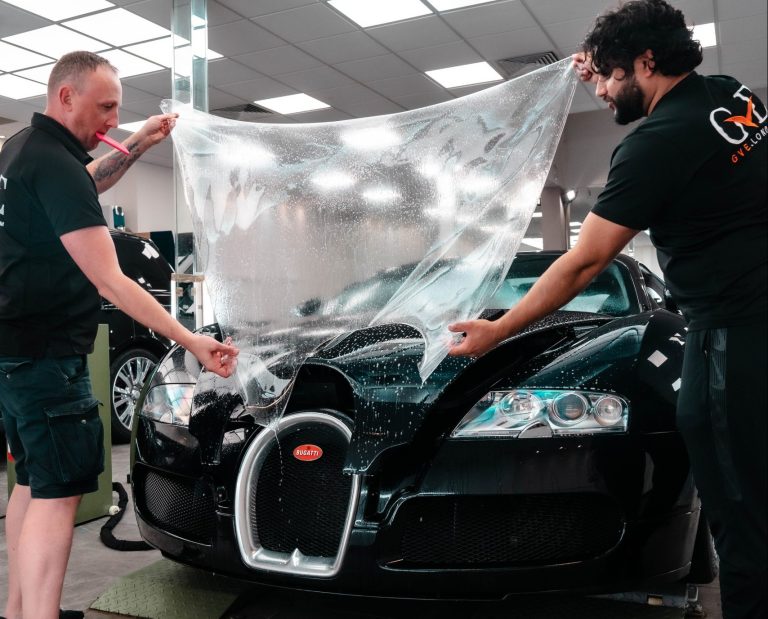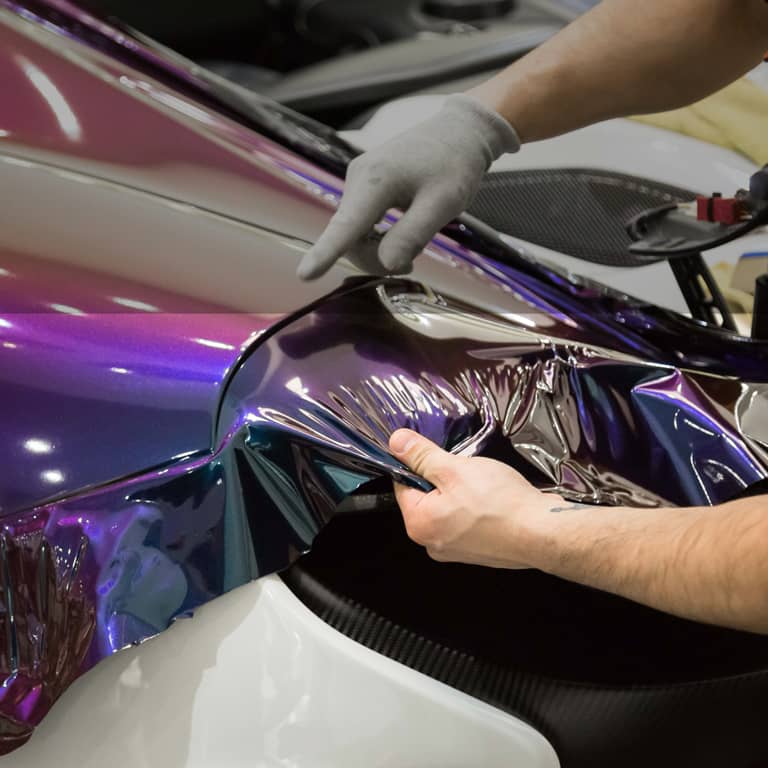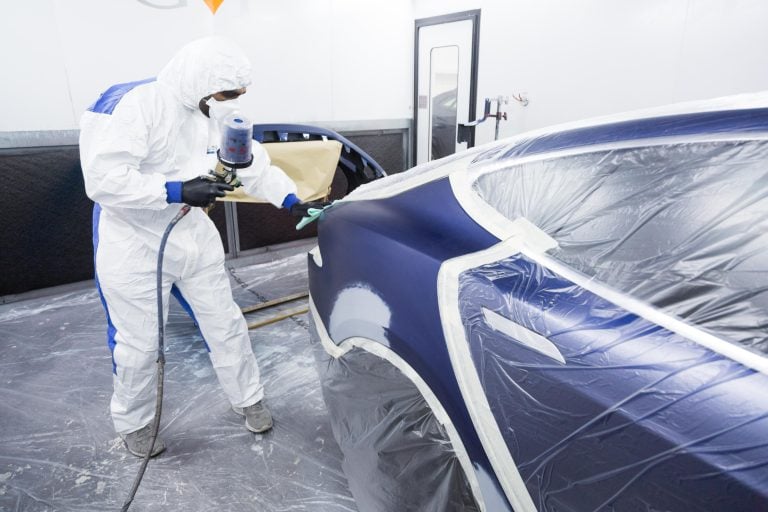- Servicing Case Studies
Top 10 Common MOT Failures and How to Avoid Them | GVE London – Blog
Prevent MOT test failure with this checklist of common issues like faulty lights, tyres, brakes, and emissions. Ensure your car passes with minimal hassle.
Failing the Ministry of Transport, or MOT, test is quite an inconvenience. Not only does it mean your car has potential safety concerns that need to be addressed, but it also signals incoming bills. However, many issues that lead to failing the test are actually quite preventable if you catch them early on.
In this article, we’ve put together an MOT Checklist, focusing on the most common reasons behind why people fail the test and how to avoid doing the same.
Avoiding Common MOT Pitfalls: Top 10 Issues
1. Lights and Signalling Issues
Let’s shed some light on one of the most common reasons behind people failing the MOT test: faulty or broken lights. Drivers often don’t notice burnt-out lights or a shift in headlight alignment. This can lead to poor visibility and result in failing the test.
Remember that there are many lights on your car, including headlights, taillights, indicators, number plate lights, fog lights, and more. Walk around, make sure all of them are working, none are cracked, the alignment is optimal, and there is no mist over the plastic lenses.
2. Tyre Condition and Pressure
Despite being one of those car components that should be checked regularly, tyres are the fourth most common reason cars fail the MOT test. If a tyre falls below the minimum tread depth of 1.6mm or is visibly cracked or damaged, it will not pass.
To avoid the heavy fine of up to £2,500, ensure your tyres are in great condition. A 20p coin can be used to check the tread. Insert a 20p coin, and if you can see the outer band, the tread is too low. Also, check for any cuts or damage. However, don’t rely solely on visual inspection, as there could be internal damage that causes improper inflation or misalignment.
If this sounds like too much work, you can visit a supercar service centre like GVE London and have the professionals take care of it.
3. Brake System Deficiencies
Arguably, braking is more important than accelerating. Your brakes should be in top-notch condition at all times. Yet, 1 in 10 cars fails the test due to ineffective brakes.
Ensure your brakes are working properly, check the brake fluid, and assess the condition of the discs and brake pads. Pay attention to any unusual noises or decreased responsiveness.
4. Suspension Problems
A worn or damaged shock absorber can be a bit hard to see. They are hidden quite well, so leaks or snapping aren’t as obvious as they might be with other components of a vehicle.
However, by paying attention to the noises your car makes and how it handles, especially over bumpy roads or potholes, you can reveal a lot. Any unusual noises are a cause for concern. Another sign of damaged suspension is your car not sitting level, being too high or low, or dipping on one side. To ensure your vehicle’s suspension and other components are in top condition, visiting a luxury MOT centre can provide the expert inspection needed.
5. Excessive Emissions
The emissions test is one of the major reasons behind the MOT test, and it is consistently becoming more stringent. A faulty exhaust system, whether it’s leaking or damaged, will certainly fail the test.
Something as simple as regular servicing can detect and fix any issues with the exhaust system. If you own a diesel car, let your car idle for a while before the test to clear any soot from the DPF, and consider using high-quality fuel.
The exhaust systems of high-end cars are a bit more complicated, so it’s best to get them checked out at a supercar service centre.
6. Dirty or Damaged Registration Plate
This is quite straightforward. If your car’s registration plate isn’t clear or readable, it will fail the test. Before the MOT test, simply ensure it’s not dirty or damaged, and you’re good to go.
Read Also: Can I Skip MOT On My Vehicle?
7. Obstructed Driver’s View
There should be no hindrance between the driver’s vision and the road. A damaged windscreen, stickers placed in the driver’s line of sight, or windscreen wipers that don’t work properly (not performing their function of cleaning, causing marks, or damaging the glass) can all cause issues.
If your windscreen has chips or cracks, it’s best to get them replaced or repaired ASAP. Not only will this result in failing the test, but it is also a safety concern.
8. Steering Problems
Issues with steering the car can be catastrophic and must be addressed with the utmost priority, both from the standpoint of passing the MOT test and the general safety of the driver and the public.
If the steering feels heavy, has lag, or makes noises, it’s a sign of a problem. Have it checked or serviced to prevent further damage.
9. Battery Issues
A dead or weak battery is another common reason for MOT failure. If your battery is not holding charge or showing signs of wear, it could fail the test.
How to avoid it:
Check your battery regularly, and replace it if it’s old or not holding charge. Ensure the terminals are clean and there’s no corrosion.
A weak or dead battery would leave you with only a single way of turning on your car; jump start. And that’s not always possible. If your battery is not holding charge or appears to be too weak, it could fail the test.
Make sure the terminals are clean and there is no corrosion. As a general rule of thumb, car batteries are changed every three to five years.
10. Seatbelt and Safety Features
Seatbelts and other safety features need to be in good working condition, meaning they fulfil their primary purpose without any issues, in order to pass the test.
If seatbelts don’t fasten securely, are ripped, or fail to retract properly, it’s a major safety concern. Get them, and any other safety feature, in proper working condition before your MOT.
Conclusion
Many MOT failures are caused by issues that can be easily fixed if a car is properly maintained. Regular checks and basic maintenance, such as keeping tyres, lights, brakes, and other essential parts in good condition, will help you pass with little to no issues. If you’re uncertain about whether your car meets the MOT checklist, feel free to visit our supercar service centre to have your car professionally inspected and ready for the test. GVE London offers an extensive array of services that can help keep your vehicle in its peak condition, especially if you are looking for supercar wrapping, repairs, detailing, PPF, and more.
Frequently Asked Questions
Tyres should be checked almost every month, especially their tread depth and any visible damage.
All lights on your vehicle must be working in order to pass.
If you fail the test, you must retake it. within 10 days, you can take a retest, but if you exceed that time period, you’ll have to pay for the whole test again.
Contact Us
"*" indicates required fields
OUR SERVICES

PAINT PROTECTION FILM

WRAPPING

SERVICING










